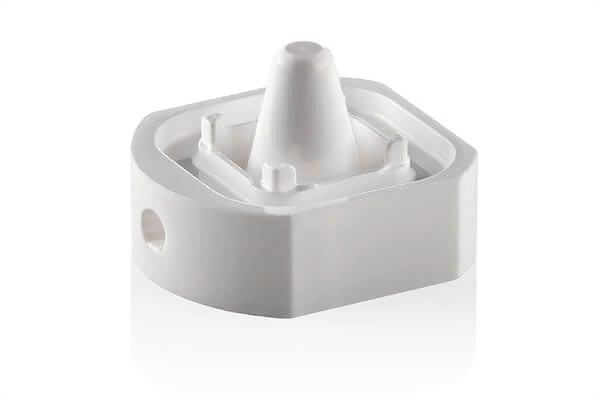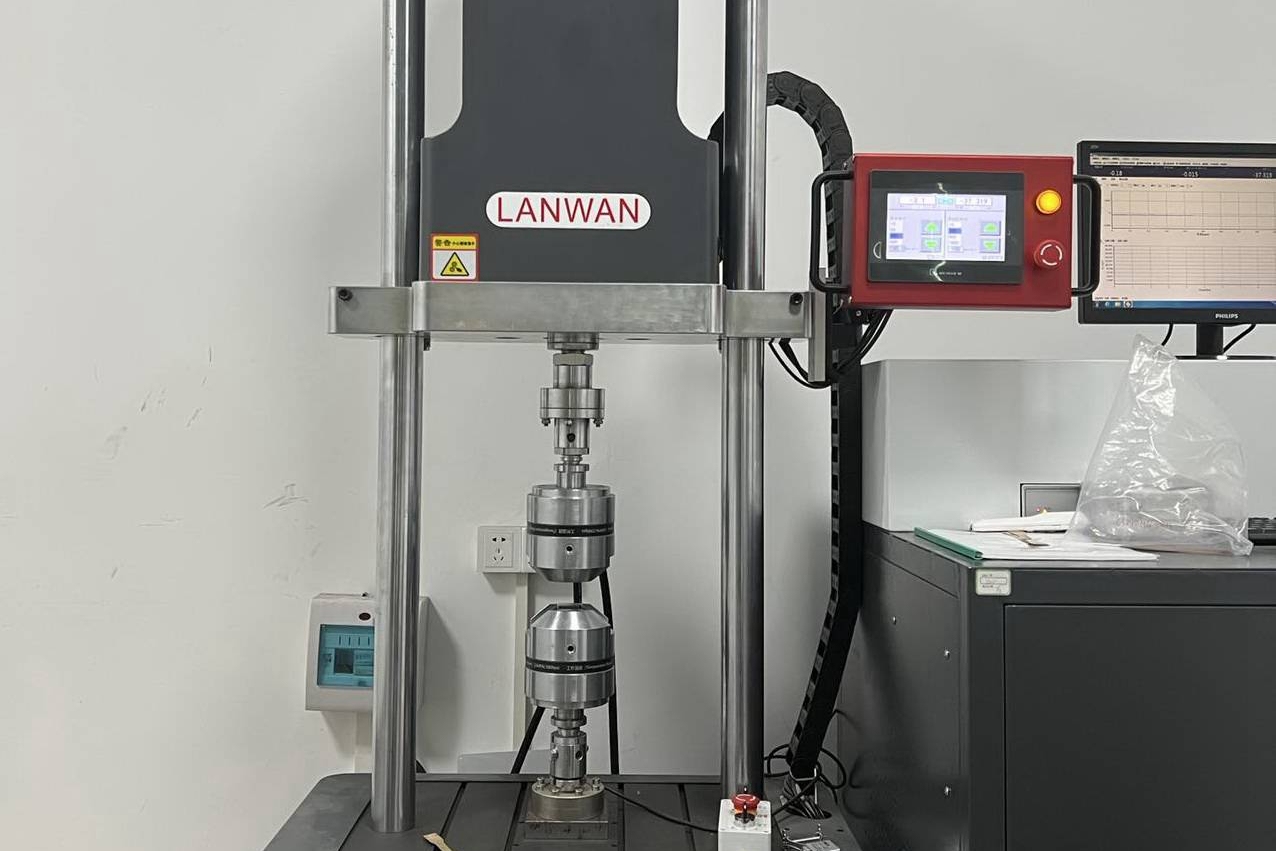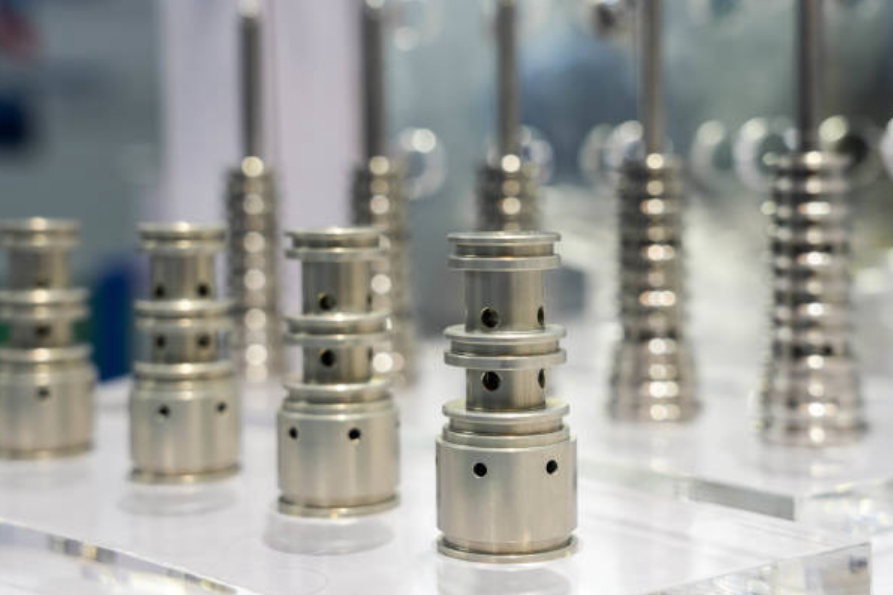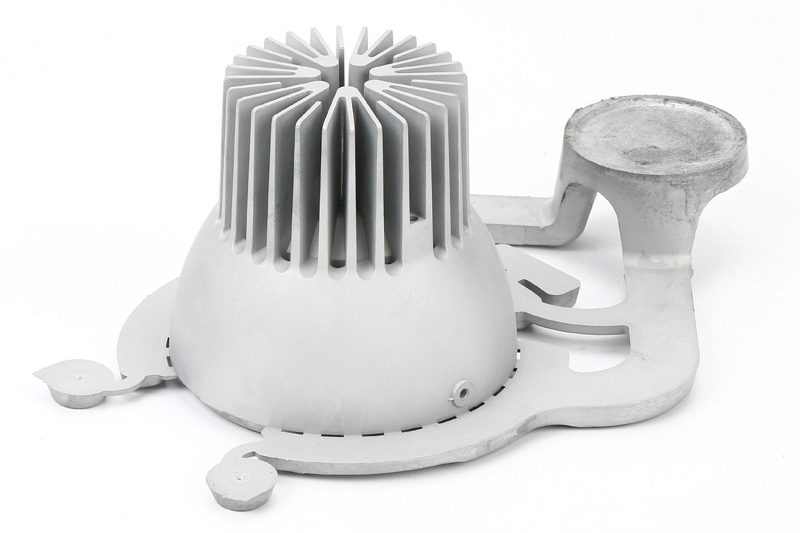Advanced Thermal Management for Telecom Equipment
With the rapid development of 5G and edge computing technologies, the power density of telecom equipment continues to rise, making effective thermal management a key factor in ensuring performance and reliability. As the engineering team at Neway, we recognize that thermal performance has a direct impact on system stability, service life, and overall network quality. From macro base stations to micro base stations, from core network equipment to edge servers, every thermal solution we deliver is carefully engineered and rigorously validated.
Thermal Management Technologies for High-Power-Density Telecom Equipment
High-Efficiency Heatsink Design and Manufacturing
In high-frequency devices such as 5G base stations, the heatsink design directly determines overall cooling efficiency. Using our aluminum die casting technology, we manufacture integrated heatsinks with complex fin geometries. Through optimized mold design and process parameter control, we achieve fins with a thickness of just 0.8 mm and a height up to 40 mm, delivering a high aspect ratio structure. This design maximizes surface area and significantly enhances natural convection performance. For applications requiring even higher cooling capability, our sheet metal fabrication technology enables the production of heatsink fins with special corrugated profiles that enhance turbulence and improve heat dissipation. These heatsinks are lightweight yet mechanically robust, designed to withstand vibration and impact in harsh outdoor environments.
Liquid Cold Plates and Complex Channel Manufacturing
As power density continues to increase, traditional air-cooling solutions are no longer sufficient. Through our precision CNC machining prototyping services, we produce liquid cold plates with complex internal channels. Using multi-axis machining centers, we can mill microchannels as narrow as 1 mm into metal substrates. By optimizing the topology of these channels, we ensure that coolant flows uniformly across the entire heat source area, effectively removing heat. We use vacuum brazing to hermetically bond the cover plate to the base plate, guaranteeing long-term leak-free performance. This liquid cooling approach is especially suitable for 5G Massive MIMO systems with power densities exceeding 30 W/cm².
Integrated Design of Thermal and Structural Components
In space-constrained telecom equipment, we leverage our custom parts manufacturing services to integrate thermal management functions directly into structural components. By designing heatsink fins as part of the enclosure or internal frame, we save space while improving thermal efficiency. This integrated approach enables more compact device architectures and reduces the number of thermal interfaces, thereby lowering overall thermal resistance. Using finite element analysis, we optimize both thermal performance and mechanical strength, ensuring that the design meets cooling requirements while maintaining structural integrity and environmental sealing.
Surface Treatments and Interface Technologies for Enhanced Thermal Performance
In heat sink manufacturing, surface treatment plays a vital role in enhancing thermal performance. Our anodizing processes not only enhance the corrosion resistance of aluminum heatsinks, but also significantly increase surface emissivity through porous oxide layers. Test data show that specially anodized heatsinks can achieve over 30% improvement in radiative heat dissipation compared to conventional surface finishes. For thermal interfaces, we recommend high-performance thermal interface materials (TIMs). By precisely controlling coating thickness in the 50–100 μm range, we effectively fill microscopic surface irregularities and minimize contact thermal resistance.
Key Material Selection for Thermal Management Components
High Thermal Conductivity Metals
We select materials based on specific application scenarios to deliver optimal solutions. For most base station equipment, we recommend using copper alloys for critical heat-spreading components, which have thermal conductivity of up to 400 W/m·K, to rapidly transfer heat from chips to heatsink fins. Through specialized forging and heat treatment, we can produce copper alloys with directionally aligned grain structures, improving axial thermal conductivity by an additional 15%. For weight-sensitive applications, we offer high-thermal-conductivity aluminum alloys that maintain strong heat dissipation performance while reducing weight by approximately 60% compared with copper.
Advanced Thermally Conductive Dielectric Materials
For applications that require both heat dissipation and electrical insulation, we utilize our ceramic injection molding services to manufacture aluminum nitride (AlN) substrates. With thermal conductivity up to 170 W/m·K and excellent dielectric properties, these materials are ideal for high-power electronic modules. Utilizing precise tape casting and co-firing processes, we manufacture metallized ceramic circuit boards that offer efficient thermal paths and reliable electrical interconnections. For RF power devices, we have also developed thermally conductive ceramics with tailored dielectric constants and loss tangents to ensure efficient heat dissipation without compromising high-frequency signal integrity.
Applications of Neway Thermal Management Solutions in Telecom Equipment
5G Base Station Equipment
In the telecommunication equipment sector, we provide comprehensive thermal management solutions for 5G base stations. For Massive MIMO power amplifier modules in AAUs (Active Antenna Units), we design ultra-thin fin heatsinks that maximize surface area within limited volume through innovative fin geometries and advanced surface treatments. For BBUs (Baseband Units), we employ hybrid solutions that combine heat pipes and finned heatsinks to rapidly transfer heat from high-power components to remote cooling surfaces, thereby effectively mitigating localized hot spots. These solutions ensure stable base station operation across a wide range of ambient temperatures, from -40°C to +55°C.
Data Centers and Switching Equipment
In data centers and core network systems, continuous high-load operation presents significant cooling challenges. For high-speed switches and routers, we develop liquid cooling systems that use optimized flow distribution and channel layouts to ensure adequate cooling for each heat source. For high-density servers, we deploy cold plate-based liquid cooling solutions to remove heat directly from CPUs, GPUs, and other major power devices, substantially reducing the burden on room-level air conditioning. These innovative thermal solutions enable customers to achieve PUE (Power Usage Effectiveness) values of less than 1.2, resulting in substantial energy savings.
Choose Neway to Build a Reliable Thermal Foundation for Your Telecom Equipment
At Neway, we have established a complete R&D and validation framework for thermal management technologies. From thermal simulation and concept design to prototype fabrication, performance testing, and reliability verification, every stage is subject to strict quality control. Our engineering team has extensive experience in telecom thermal design and can provide end-to-end support from early concept to mass production. With advanced thermal testing laboratories, we simulate diverse operating environments to verify the reliability of our solutions across the full lifecycle of telecom equipment. Our mission is to deliver high-efficiency, reliable, and cost-effective thermal management solutions for our customers.
Conclusion: Supporting the Evolution of Future Networks with Innovative Thermal Management
As communication technologies move toward higher frequencies and greater integration, thermal management will continue to play a critical role. Leveraging our deep expertise in materials science, thermal engineering, and precision manufacturing, Neway is committed to providing cutting-edge thermal solutions for global telecom equipment manufacturers. We believe that through continuous innovation and close collaboration with our customers, we can jointly drive the future development of communication networks.
FAQ
What environmental factors must be prioritized in 5G AAU thermal design?
How to balance lightweight requirements with thermal efficiency in telecom gear?
How to choose between liquid and air cooling for various telecom applications?
How does Neway verify long-term reliability of thermal management solutions?
How to select the best thermal interface material between chip and heatsink?




